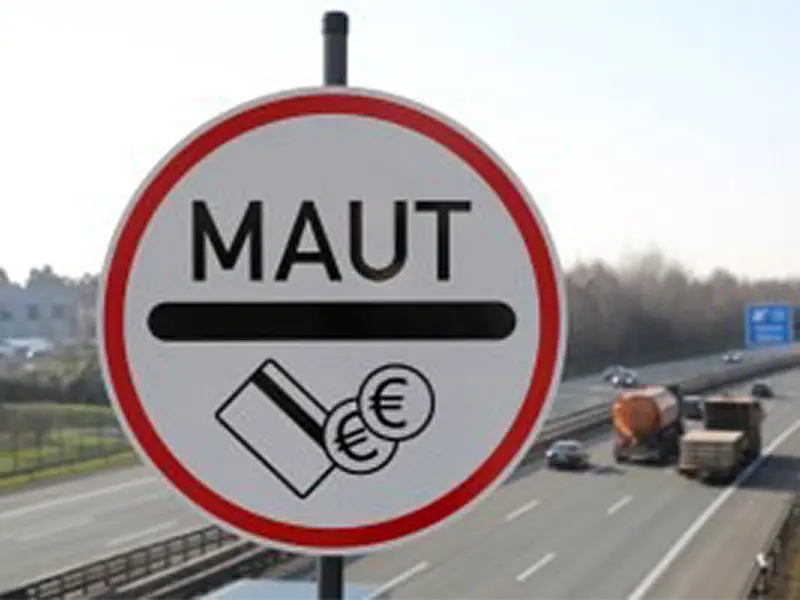The German government approved a significant increase in the maut in October. This means a maut rate of 34.8 cents per km as of December 1, 2023. This is an increase of 83.2%. With the CO2 tax, Germany expects that more than 30 billion extra will be generated between 2024 and 2027. This will improve the main roads and expand the Federal Railroad. The German government hopes to provide an incentive for the sustainability process.
What will change?
In the current situation, until November 30, 2023:
- A toll obligation applies to vehicles with a maximum permitted mass of at least 7.5 tons. (box F.2 on the RDW registration certificate).
- The criteria for the toll rate are the Euroclass of the vehicle, the number of axles of the total combination and the weight class of the total combination.
- The toll rate is made up of a share of noise pollution, air pollution and infrastructure.
From December 1, 2023:
- A toll obligation applies to vehicles with a technical maximum mass of at least 7.5 tonnes (section F.1 on the RDW registration certificate).
- The criteria for the toll rate are the CO₂ emission class of the vehicle, the number of axles in the total combination and the share of noise pollution, air pollution and infrastructure
- The toll rate is made up of a share of noise pollution, air pollution, infrastructure and CO₂ emissions. The biggest change is that the Maut rate will be expanded with a CO₂ component.
From January 1, 2024:
- CNG and LNG vehicles are no longer exempt from Maut.
Source: tln.nl

Affiliated with





